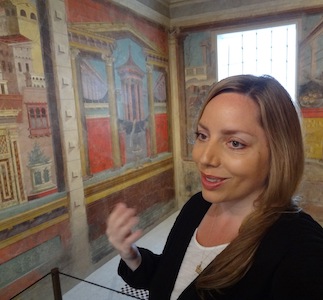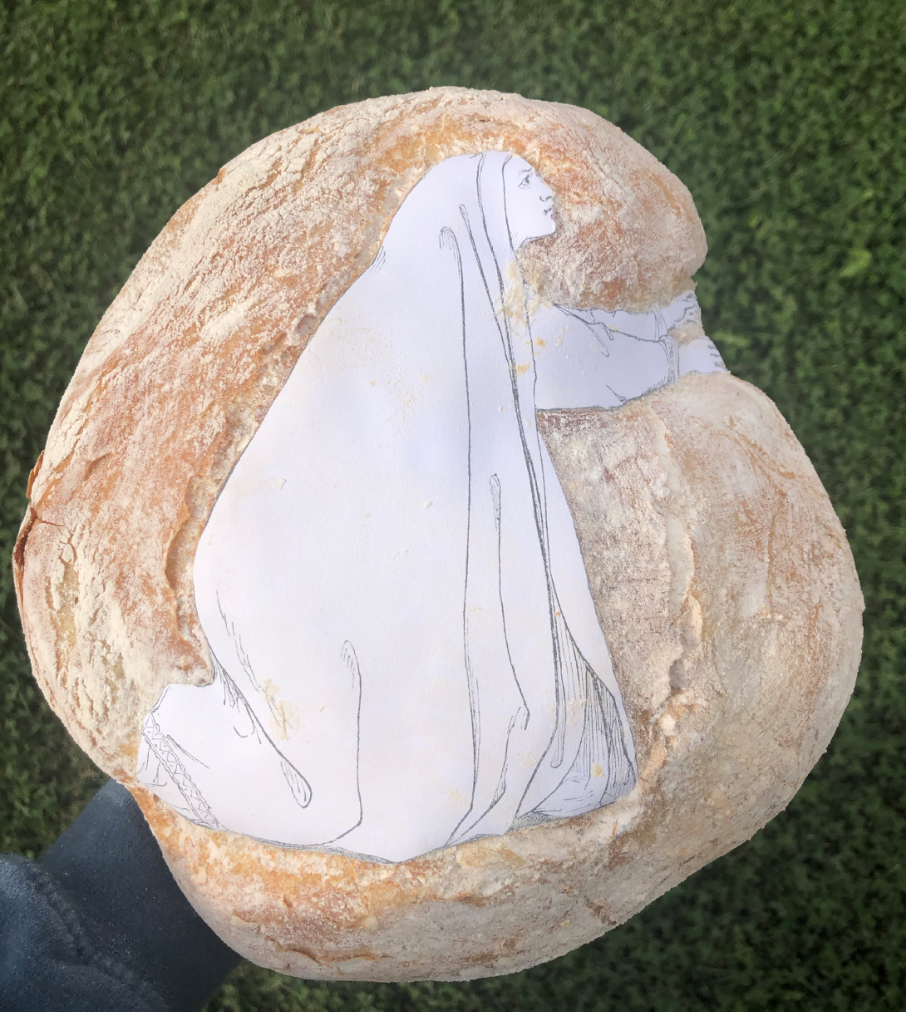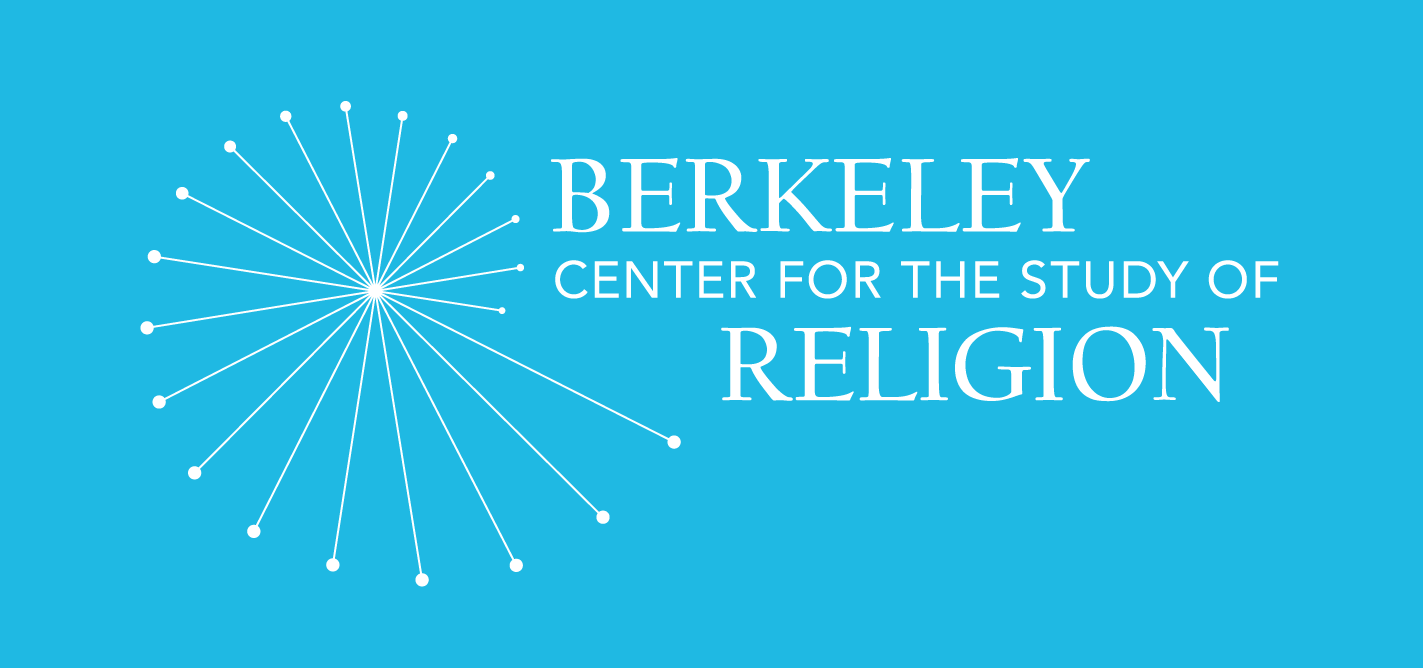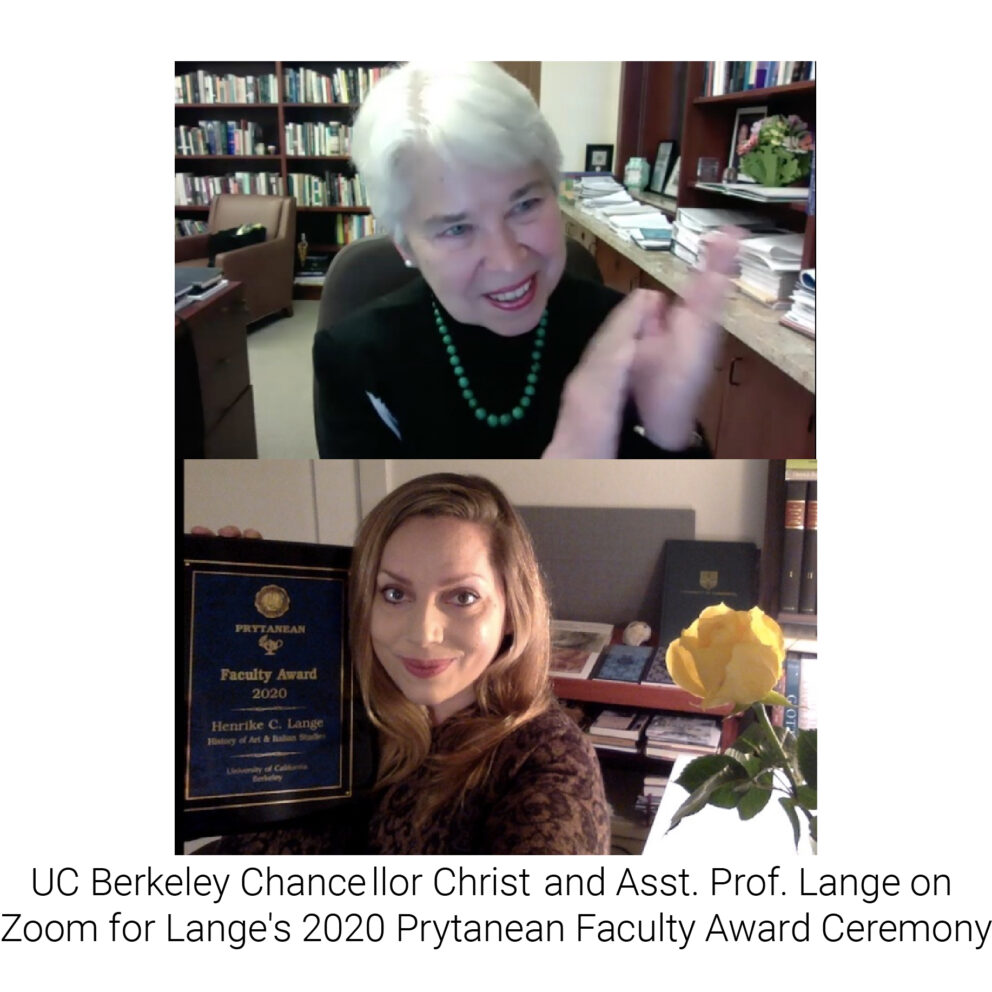Lange: My first memory of Berkeley and the Bay Area is a transmitted one, dating back to a reading experience from when I was 16 years old. As a teenager I read a lot of poetry in my native language (German), and around 14, I had begun looking for poems in French and in English in the library. Eventually, Walt Whitman, via Allen Ginsberg’s “A Supermarket in California” (first published in 1956 in HOWL AND OTHER POEMS), brought me to Ginsberg’s “Sunflower Sutra.” Its panorama of the bay and its determination to see the beauty in the diluted industrial landscape resonated with me, as I was so used to a similar scenery in my native city of Hamburg.
BCSR: What path brought you to Berkeley?
Lange: A few years later, my fascination with the visual world and architecture as well as my studies in literature and history turned out to be best combined in the field of art history. Thanks to the complete freedom of the German Magister degree, I was able to create my own course of study and arrange my travel for research and foreign language studies around what I wanted to explore, so I spent several years focusing on different countries and languages—Italy, France, the UK, Austria and Germany. Eventually I visited the US, on an “art mission,” as a friend put it. Entering the museums and Italian Renaissance collections in New York City and Washington, DC, I saw how much I had to learn in American east coast museums and private collections. I submitted my graduate school application to Yale, was invited to join the art history program, and then had the wonderful opportunity to work there not only in the art history department but also in the Yale University Art Gallery with then-curator of European art (now Chief Curator at YUAG) Dr. Laurence Kanter as well as with the colleagues at the Yale Centre for British Art and the Peabody Museum in New Haven.

Lange teaching in the Boscoreale murals room at the Met (frescoes from the ancient Villa of P. Fannius Synistor in Boscoreale, South Italy), Metropolitan Museum of Art, NYC
Before going to Yale, I had earned my Magister in both art history and Italian language and literature, and I continued my Italian literature studies in Yale’s Department of Italian while finishing my PhD in History of Art. When the Department of History of Art at UC Berkeley announced a joint search with the Department of Italian Studies for an assistant professor in the autumn of 2014, I was just finishing my dissertation at Yale and was delighted to find two such distinguished departments searching for exactly my combination of art and literature research in the areas of late medieval and early modern/Renaissance studies. When I received the offer, the move out West to the edge of this continent felt simultaneously like a new beginning and a return to my roots in the shared legacy between art history and political iconography in Hamburg on the one hand, and Berkeley’s important tradition in social art history on the other. Given the lack of medieval and early modern artworks in the local collections, I really moved here for the students, my colleagues, and the unique intellectual engagement beyond my own fields of study. And for that sunflower, of course.
BCSR: How does teaching European medieval and early modern Renaissance art and literature in California differ from teaching these subjects in Europe, or on the East Coast?
Lange: In my experience, the main difference is another quality of placing and mapping, a greater consciousness in being somewhere else in both time and space—there is a greater need for justification of the subject matter, which I think is an opportunity to be very aware and purposeful about what we teach, and how we teach it. Part of this is to encourage students to read the classics in order to critique them, so students can feel empowered to productively discuss both the canon and non-canonical works in mutual illumination. In most of my teaching approaches, I contextualize things twice—in their historical context, and in relation to our present cultural moment. At the center of my practice is the acknowledgment of the constant give and take between individual and collective history and histories, memory and memories, the “now/here” and “then/there” actively impacting each other, as I aim to emphasize in my “Timeline/Anniversaries” project.
Developing a feel for the integration of collective and individual histories can ultimately strengthen the capacity to recognize a shared responsibility to learn from history. A good starting point for the timeline project is to ask oneself—do you remember the occasion when you first felt consciousness of your own individual self in the experience of a historical moment? Did you feel connected respectively disconnected to other individuals or groups? For this assignment, I ask students to recognize, define, and consider some kind of significant connection or reverberation between their own lifetime (including our class in this specific moment in time, e.g., fall term 2020 in Berkeley in the middle of a global pandemic) and a historical context that becomes relatable in themes, objects, sounds, art or artists that they encounter in class. This year, not surprisingly, several students engaged directly with the experience of 2020 social distancing and worked on variations of the figure of Giotto’s Mary Magdalene in the Paduan Noli me tangere in a variety of media.

Lara Roman-Lopez – Noli me tangere Bread, Fall 2020

Yassin Oulad Daoud – Ode to Pestilence, 2020
BCSR: What is the importance of this historical dimension in teaching today, and how does the study of religion come into this?
Lange: Developing a good handle on historical information—collecting, evaluating, and weighing data, questioning sources and their interests or tendencies, and seeing larger patterns and connections—is one of the most important components of an education in a democracy. This applies in my view not only to young historians but to all students—and it is something that today can be developed mostly in a good liberal arts education, and not in too many other places in society. To quote my much-missed friend and colleague in Italian Studies here at Berkeley, Steven Botterill, “Liberal arts are the arts that liberate those who study them.” The historical dimension is crucial for that inner liberation and a path to personal freedom. We are right at the core of values in education, where we can talk about truth, courage, reason, and ethics not only of a scholarly life, but of life more generally in relation to the self and others not as others, but as selves. Learning from history is the great imperative. Personally, I’ve never been too interested in history for the sake of the past; I am interested in the past for the sake of the present and the future.
The history of religions is one of the great forces at the core of world history and histories of art and literature. In the interest of a full picture of past and present conditions, critical thinking is part of engaging with the history of religion in a wider intellectual and philosophical context, to quote an ideal of the German enlightenment, fostering the courage to use one’s own reason, as Immanuel Kant put it, “sapere aude,” dare to know. The simultaneously enchanted and disenchanted early modern age in Europe is so fascinating in these regards as it seems that the role of religion was not satisfactorily resolved in the ages of and following Giotto and Dante. The landscape of early modern and Baroque art and literature is full of tensions between the worldly and humanistic explorations and religious investment.
BCSR: How do students in your classrooms learn?
Lange: I try to learn about my students’ academic goals and learning styles so I can adapt what and how I teach to their interests in a variety of ways and with all senses—with a focus on reading literature aloud, including music, hosting object lessons with sculpture, paintings, or rare books and historical glass slides and photos whenever possible, going on field trips, and reading together. I am always trying to come up with new exercises such as sketching, mapping, or problem solving (such as creating dialogues or courtroom situations to clarify argumentative structures and investments of historical forces). Still reading Whitman, this semester we developed an ideal of an empathic “American humanism” around his Lilac Elegy and Song of Myself (the latter took us almost two and a half hours to recite together, certainly our most transformative experience in remote teaching).
I let students work their way into the questions so we can become aware of how the materials respond beyond the textbook definitions. My classes cover cross-historical topics ranging from “Psychologies of Art” to “Walls & Wall Painting” and “Triumphs.” In the spirit of bringing new questions to old masters, I will offer two new eco humanities classes in the spring (lectures on Dante and the elements, and a seminar on the long history of Giotto’s animals from the medieval bestiary to the Baroque menagerie) as well as a Freshmen & Sophomore Seminar on the power of reading and writing as part of “150 Years of Women at Berkeley” (Little Women – Reading and Resilience: Alcott, Ferrante, Calvino, Montale). It is always fascinating to see what a refreshed reading of Dante, Petrarch, or Warburg brings out with a new class or across changing cultural-historical moments.
There is also a sense of responsibility in encouraging students to form and train this ability of reading historical texts at this moment in time in order to find the questions independently. It is a matter of literacy, both textual and visual. And here we are not talking about soft skills, but about essential cognitive and intellectual processes that situate the self in scholarly contexts and in the world–learning to read the environment, to see world, art, and architecture with the instruments of art history and criticism, learning to read the texts on their own terms, learning to process and situate historical context and invisible connections, and learning to conceptualize and conceive of lived experience in ways which can be relevant for today’s readers and beholders.


BCSR sat down with Henrike Lange, who holds a joint appointment in the Departments of History of Art and Italian Studies.
BCSR: What is your first memory of Berkeley?